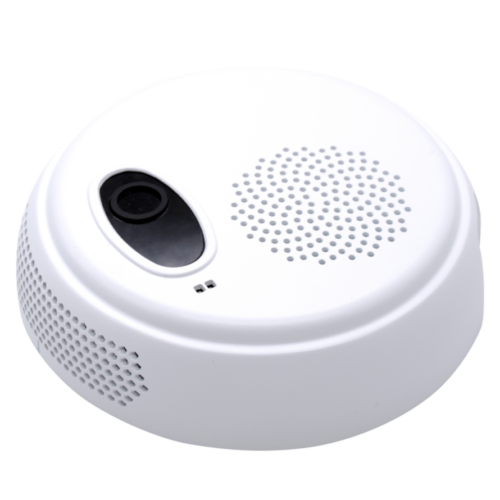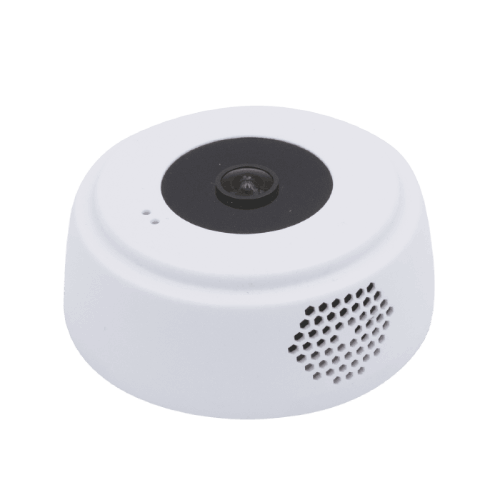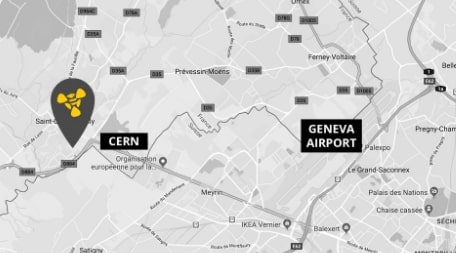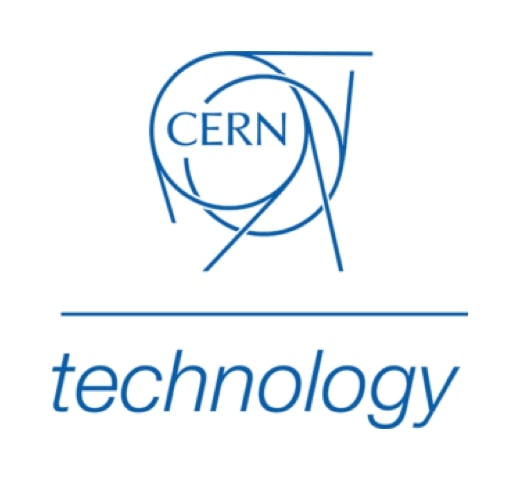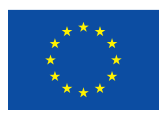The term Internet of Things, often abbreviated to IoT, is central to this initiative. IoT Smart Buildings are typically equipped with a mesh of IoT-enabled sensing solutions capable of centralizing critical data from across the entire network. This can significantly enhance taxing tasks like strategic HVAC management while contributing to greater sustainability. So, are IoT Smart Buildings the future of sustainability?

What is a sustainable building?
Sustainable buildings are based on the principle of driving economic and social development while protecting our environment. Environmental goals are often considered from the outset, through the siting and design stages of construction of new buildings or through the renovation strategies of existing buildings.
Key objectives for sustainable buildings include greater energy efficiency, the reduction in water consumption and waste production, the conservation of our natural environment, and the use of resource-efficient materials with low environmental impact. IoT Smart building solutions provide an analytical edge for building managers to meet their sustainability requirements.
Considering that HVAC and lighting can account for as much as 46% of a building’s energy consumption (1), implementing smart IoT solutions that track room occupancy and adjust the air conditioning, heating, and lighting accordingly, can dramatically reduce your energy costs with tangible ecological and financial benefits.
How is IoT used in Smart Buildings?
Smart Buildings use a range of IoT solutions to monitor building operations and to automate key decision-making processes. Sensors monitor the building’s various characteristics and relay pertinent data to central processing units. A specialized software program collates these data and generates insights focussing on trends/usage patterns, which can enable real-time data collection and informed decision making.
Some types of IoT Smart Building sensors implemented in facility management are the following:
- Temperature sensors
- Humidity sensors
- Contact sensors
- Gas sensors
- Motion sensors
IoT Smart Building sensors are increasingly implemented to yield valuable energy savings and improve sustainability. These work by monitoring ambient temperatures and/or room occupancy levels to automatically initiate air conditioning or heating based on predefined setpoints. At the same time these sensors help to optimize use of space and reduce maintenance costs. IoT Smart Building analytics platforms can be used to maintain comfortable temperatures in occupied rooms in real-time, responding to how many people are currently working in or visiting a given space. They can respond to utilities data and incoming weather forecasts, for predictive resource management. These platforms can even be used for washroom monitoring to assist in resource allocation, and to reduce expenditure on staff costs.
There are many ways that Smart Buildings use IoT solutions to drive sustainability goals. A great number of organizations are considerably increasing their investment in Smart Building technologies for the future.
Getting started: looking for a trusted IoT partner?
At Tredecile, we specialize in discrete people counting solutions based on our industry-leading Time-of-Flight (ToF) technology, with a range of multiple hardware choices, covering standard to large doors or passageways. People Counting L-XL is a fully GDPR-compliant device capable of monitoring the number of people entering and exiting doorways or corridors.
You can combine up to five devices for people counting in wide spaces, to obtain accurate data without the privacy concerns associated with other technologies.
People Counting M is optimized for narrow doorways and corridors, counting one person at a time while achieving 95% accuracy or better.
These solutions have been adopted for a range of critical objectives in smart building IoT applications.
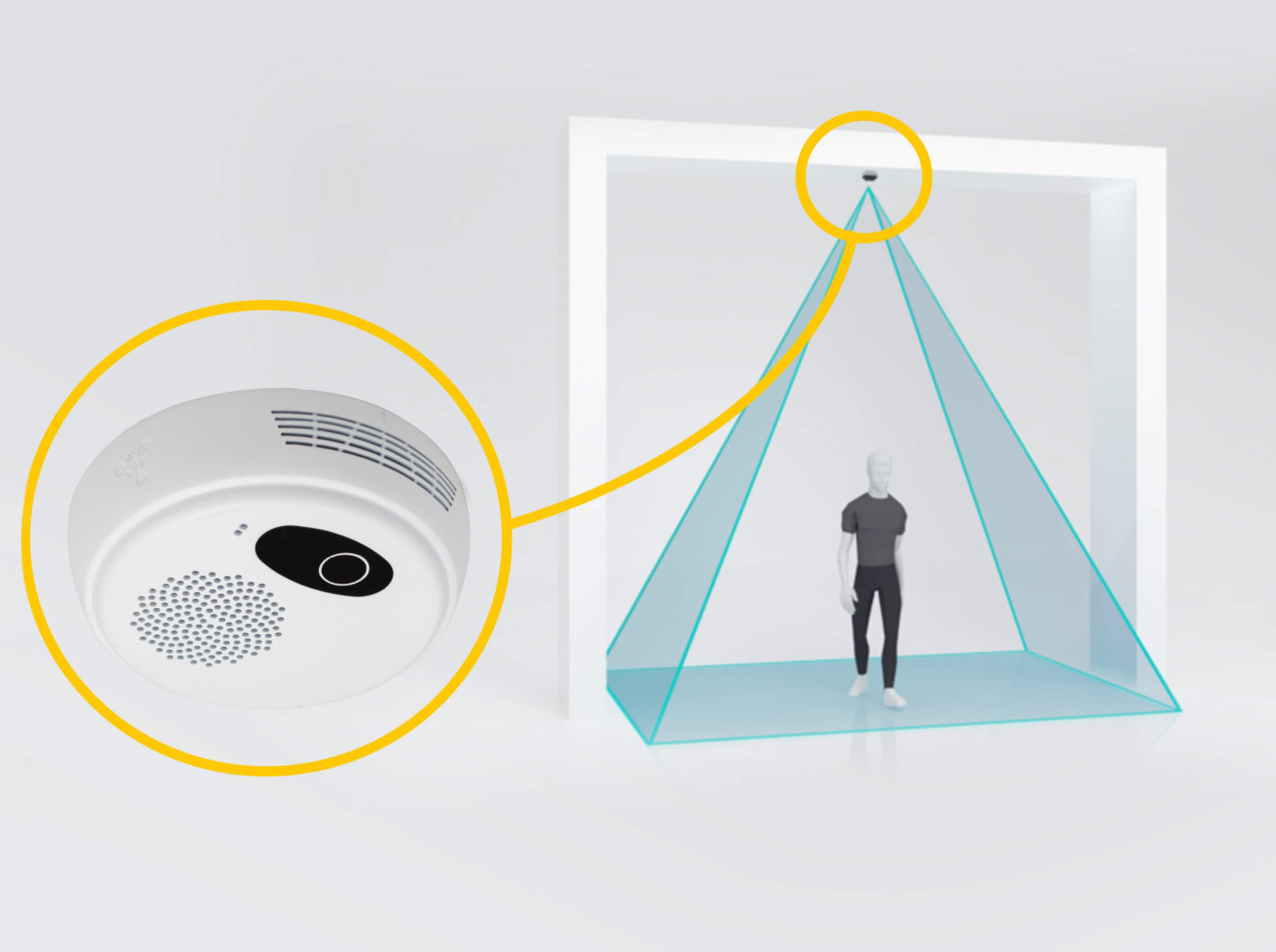
References and further reading
- Quadrennial Technology Review, An assessment of energy technologies and research opportunities – Chapter 5: Increasing Efficiency of Building Systems and Technologies September 2015, U.S. Department of Energy ../static/file/qtr-2015-chapter5.pdf







